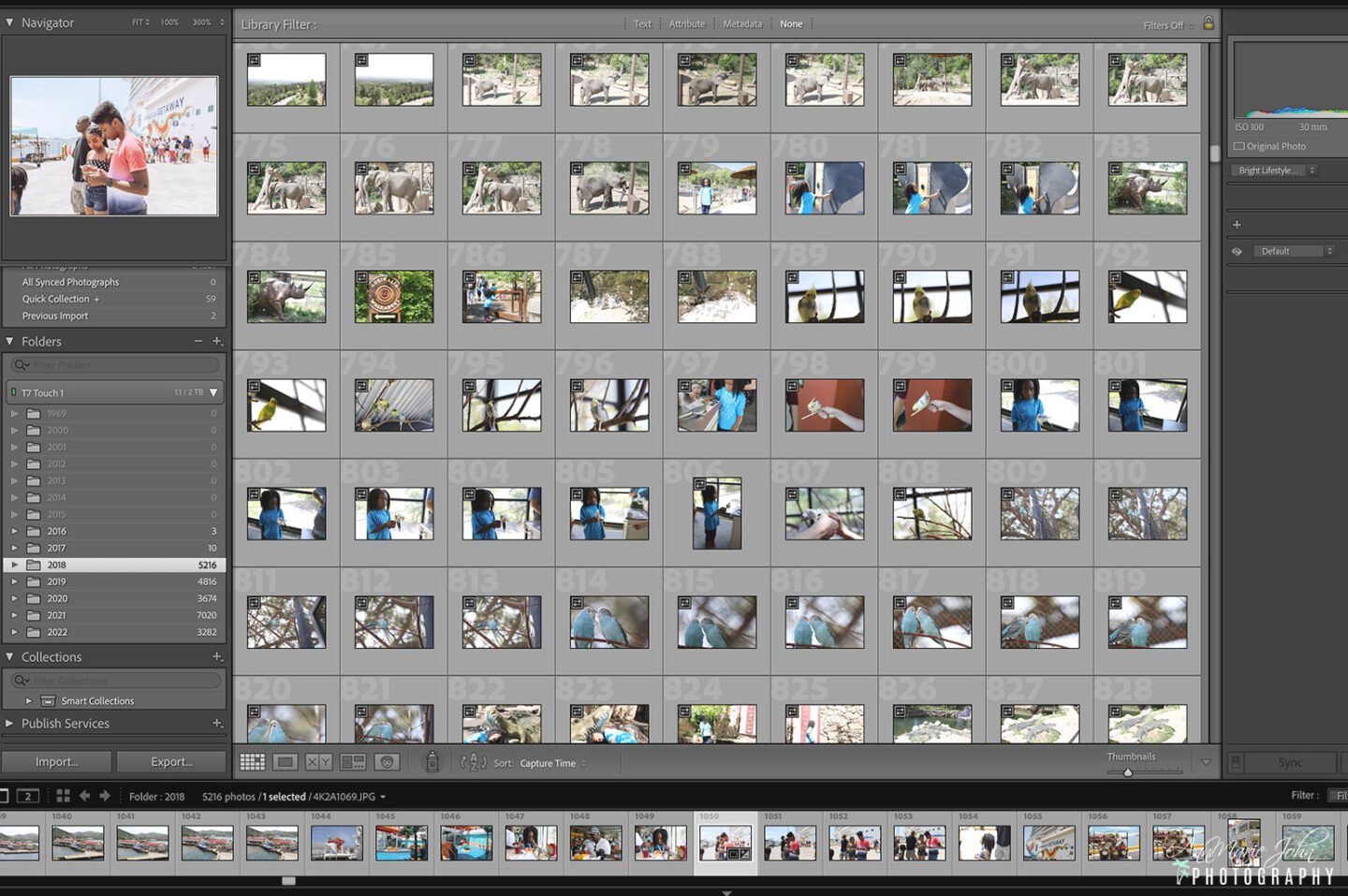Whenever people have photos taken of themselves or something they want, they can choose to adjust that photo and edit it as they see fit. That is a relatively modern phenomenon. In the 1800s and before, it was impossible to edit something using high-level software; people had to opt for using airbrushing, which is far from modern photo editing as we know it today.
This blog will briefly explore the rich history of photo editing.

How It All Began
History recounts that the very first person to have an idea about changing photos was a Frenchman named Joseph Nicéphore Niépce. He created the first photo in existence by using rudimentary equipment such as a plate of raw material and asphalt. Making this photo took him eight hours in a single day. Obviously, this was not a colored photograph.
The real influencer of video and photo editing was the creation of the first colored photo by James Clerk Maxwell. Maxwell was the genius behind the RGB filters we see everywhere now on the internet. In fact, the first colored photograph was a mix of these, and it changed everything in 1861.
The first modern instance of a photo being edited through something other than hand-made tools was when Abraham Lincoln, then president of the United States, wanted people to film him sitting on his chair correctly in the 1860s.
As for the creation of the camera, this was all thanks to Kodak’s company, which was started by the American entrepreneur George Eastman. The first cameras became available for public use in 1888.
Fast forward to 1975, when an engineer from Kodak Company designed the first digital camera. Steve Sasson is the man behind this invention, and his camera had a megapixel resolution of no more than 0.1
With the ushering of the 21st century, digital photo manipulation started to take off for real. We now have Photoshop, Adobe Express, Microsoft Point, Gimp, and Corel Draw. These fantastic technologies would have never been possible without the countless experiments people have conducted throughout history.
Digital cameras have also become both abundant and highly compatible with a wide variety of uses. That was possible thanks to the invention of JPEGs and their flexibility.
Types of Photos In the Old Days
Some very well-known photo manipulation techniques have been employed throughout history. It’s a lot of fun to explore what people come up with to show off their creativity and change what their photos look like.
- Ghost Photos: These photos allowed people to appear with deceased relatives, friends, or whatever. Making that possible was complicated as it required careful splitting and combining of images.
- Satiric Photos are the types of photos made by adding funny images or effects to something, and it is the equivalent of making cartoons in the modern age.
- Team Photos: This type focuses on removing and adding large groups of people in a photo, not just one person. Again, fundamental techniques were used, and there was no room for error when creating these photos.
The above processes can all be done now with the click of a few buttons and a little artistic flair.
The Modern Technology
The global market share for technology that allows for some photo or video editing is enormous. In 2020, it was shown that photo editing had made a combined revenue stream of 1.48 billion dollars.
One of the significant drivers behind this success is the adoption of Photoshop everywhere. This single piece of software has allowed people to do everything with photos. From adding or removing filters, places or people, blemishes or bad facial features, and all the way to creating fake photos.
The science behind photo editing has gotten bolder with each passing year. Now, scientists are discussing the possibility of developing software that can allow for the creation of alternate realities.
In Conclusion
Photo editing is a rich field with a ton of history behind it. It was born out of the need to create lasting images that people could take with them into the future. Then, it developed into an area of experimentation where many more features were added.
Understanding how all of this became possible means tracing back the history of the very first photo ever taken. This blog has gone over some of those highlights, but there’s still much more to explore. If you’re interested, it can never hurt to learn more.
